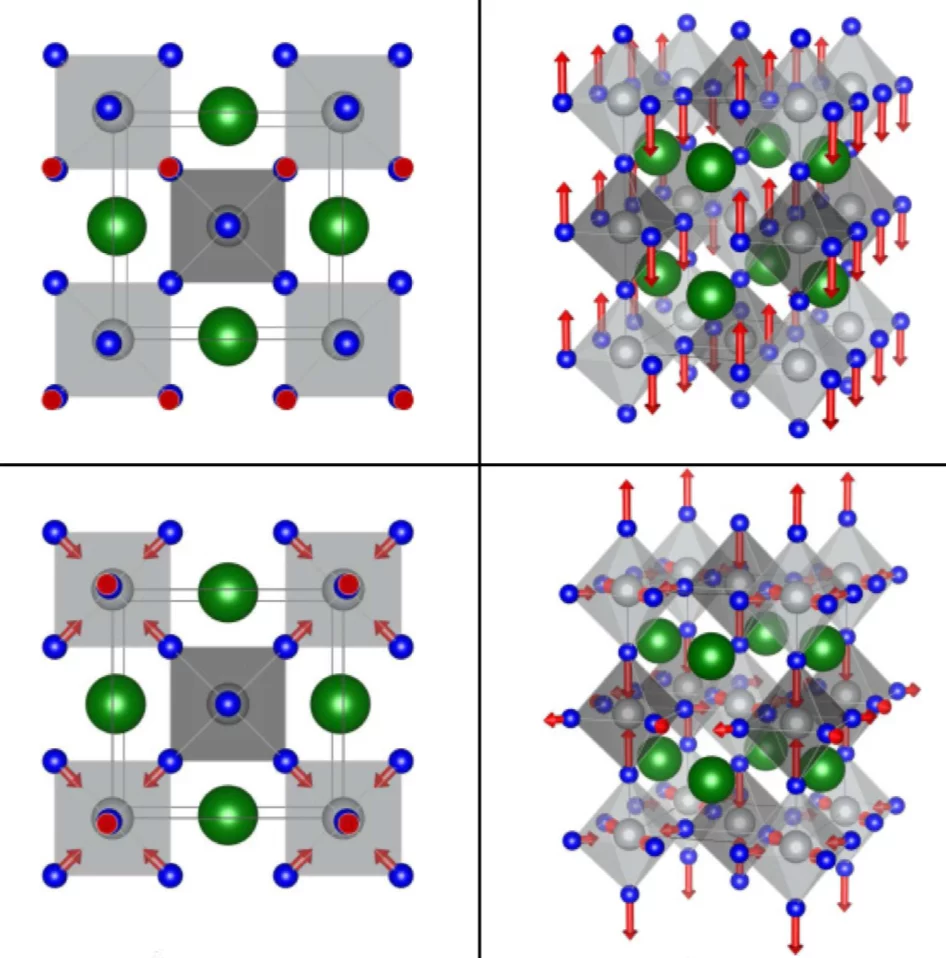The origin of the metal-to-insulator transition (MIT) in RNiO3 perovskites with R = trivalent 4f ion has challenged the condensed matter research community for almost three decades. A drawback for progress in this direction has been the lack of studies combining physical properties and accurate structural data covering the full nickelate phase diagram. Here we focus on a small region close to the itinerant limit (R = Pr, 1.5K < T < 300K), where we investigate the gap opening and the simultaneous emergence of charge order in PrNiO3. We combine electrical resistivity, magnetization, and heat capacity measurements with high-resolution neutron and synchrotron x-ray powder diffraction data that, in contrast to previous studies, we analyze in terms of symmetry- adapted distortion modes. Such analysis allow us to identify the contribution of the different modes to the global distortion in a broad temperature range. Moreover, it shows that the structural changes at the MIT, traditionally described in terms of the evolution of the interatomic distances and angles, appear as abrupt increases of all nonzero mode amplitudes at TMIT = TN ∼ 130K accompanied by the appearance of new modes below this temperature. A further interesting observation is the existence of a nearly perfect linear correlation between the amplitude of the breathing mode associated to the charge order and the staggered magnetization below the MIT. Our data also uncover a previously unnoticed anomaly at T∗ ∼ 60K (∼0.4 × TMIT ), clearly visible in the electrical resistivity, lattice parameters and some mode amplitudes. Since phase coexistence is only observed in a small temperature region around TMIT (∼ ± 10K), these observations suggest the existence of a hidden symmetry in the insulating phase. We discuss some possible origins, among them the theoretically predicted existence of polar distortions induced by the noncentrosymmetric magnetic order [Perez-Mato et al., J. Phys.: Condens. Matter 28, 286001 (2016); Giovanetti et al., Phys. Rev. Lett. 103, 156401 (2009)].
Facility: SINQ, SLS
Reference: D. J. Gawryluk et al, Physical Review B 100, 205137 (2019)
Read full article: here



